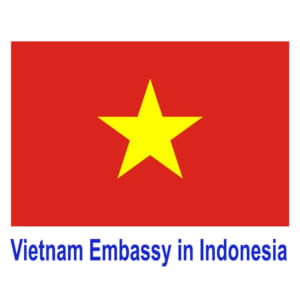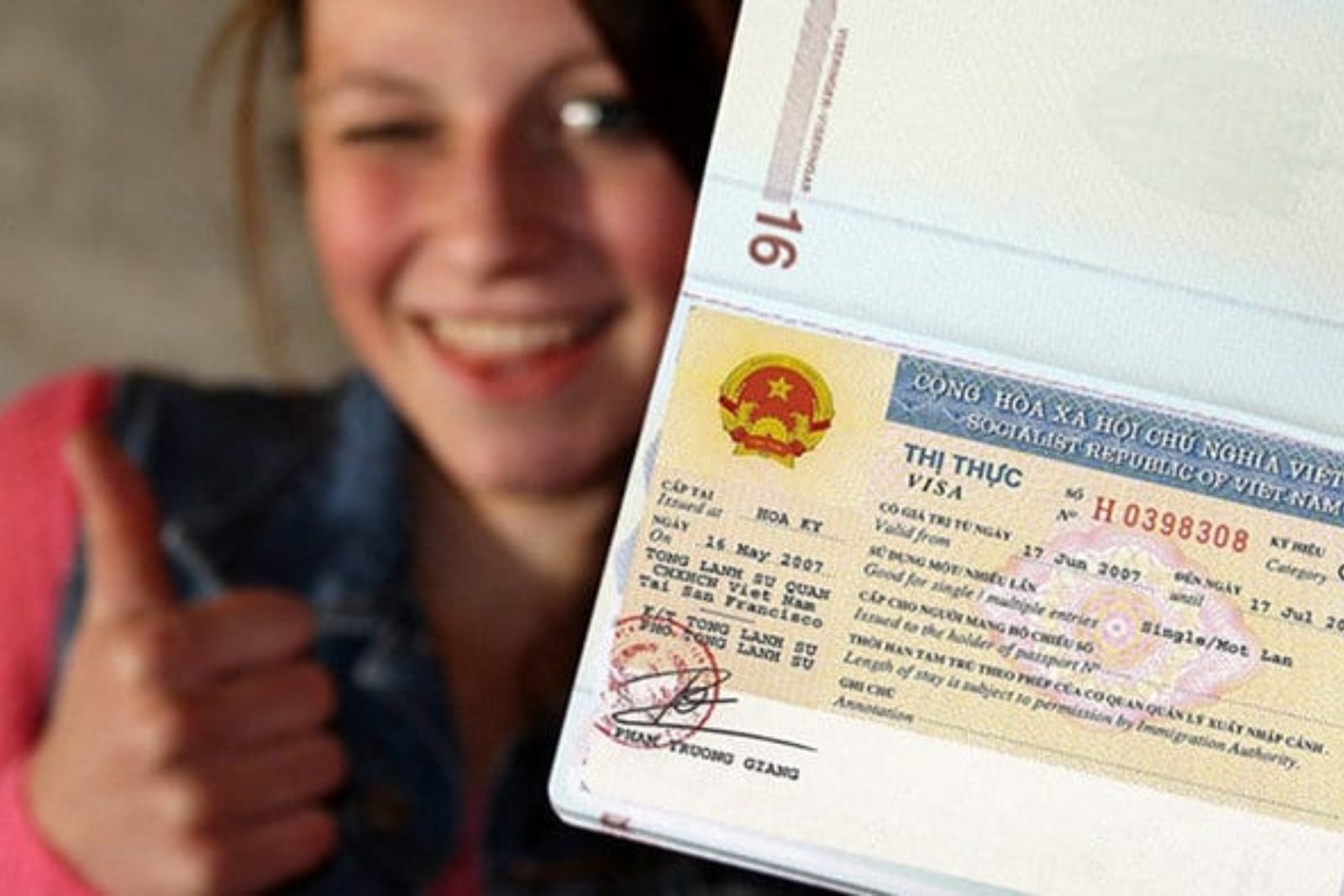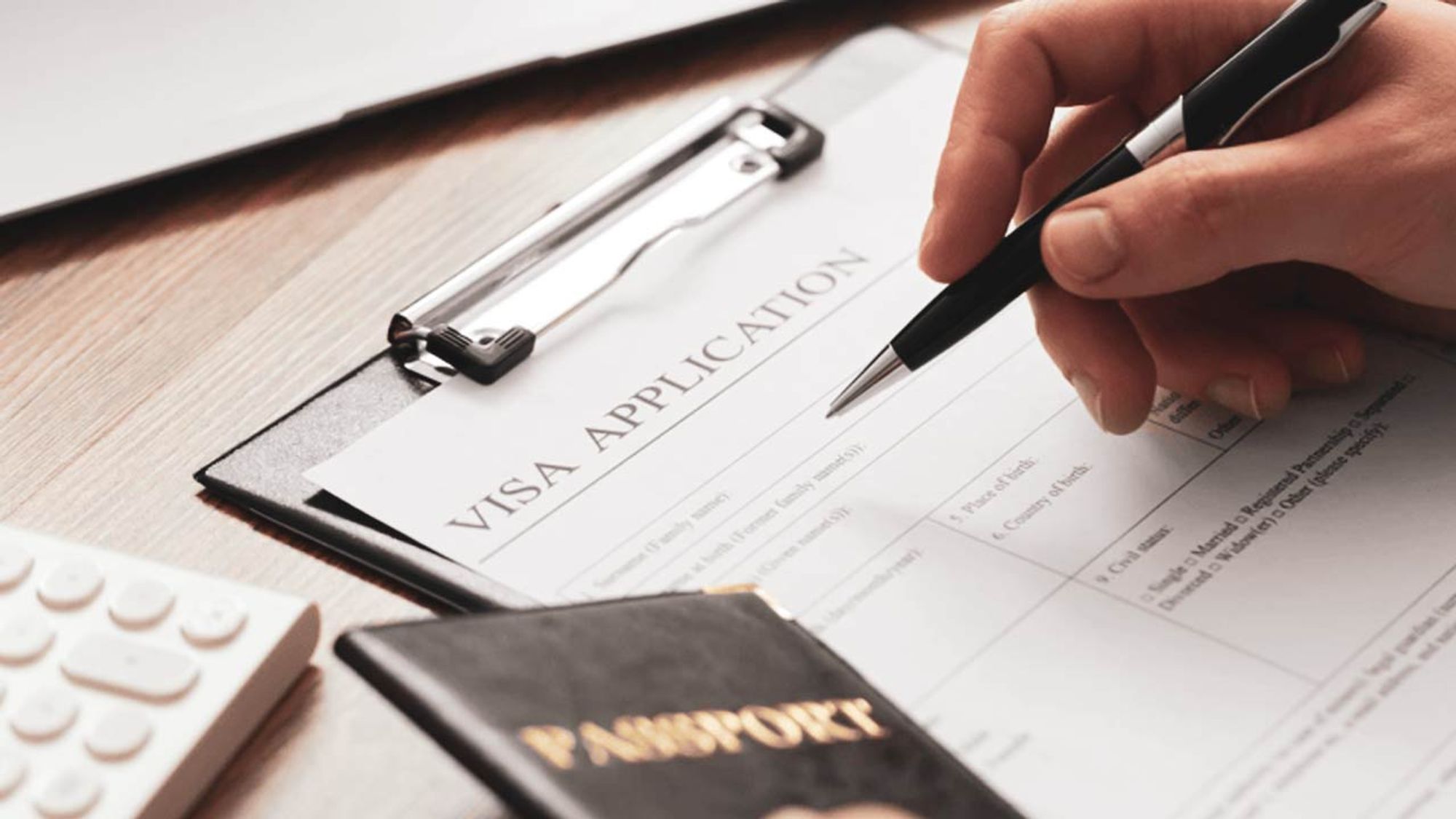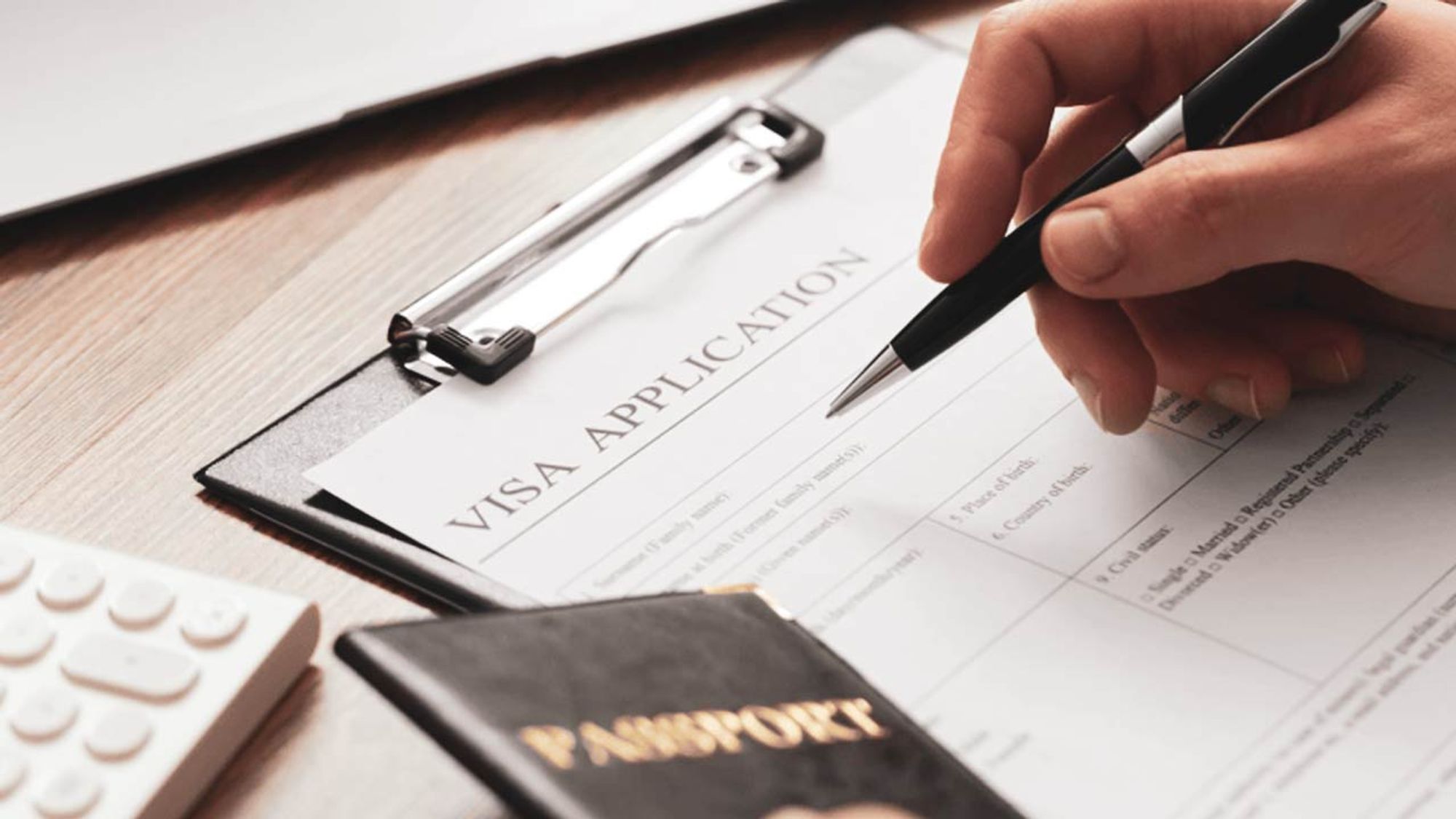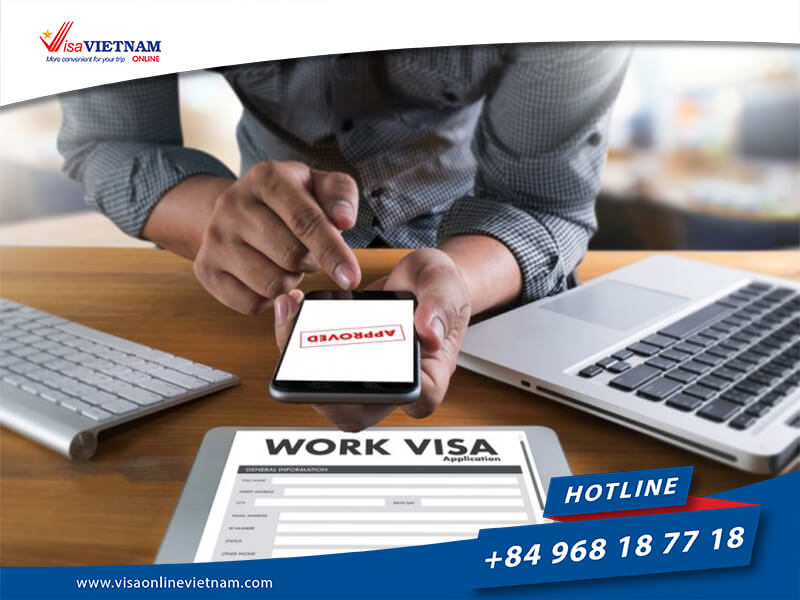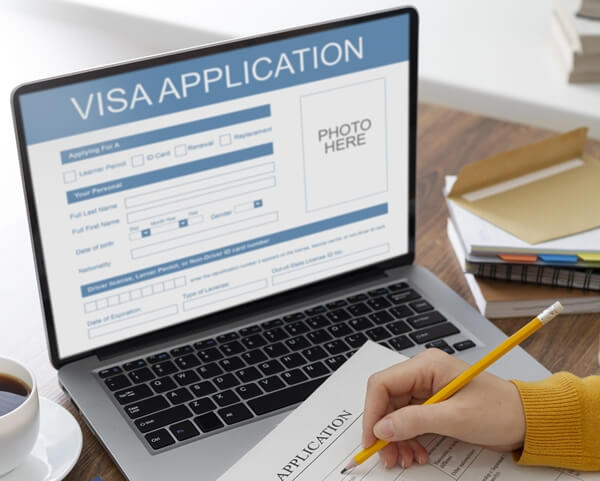
Navigating Vietnam Visa Requirements: A Complete Guide for a One-Month Stay
Vietnam, an enchanting country in Southeast Asia, fascinates visitors with its stunning landscapes, rich heritage, and vibrant customs. Whether you’re interested in ancient temples, serene beaches, or lively cities, Vietnam guarantees an unforgettable experience. Before traveling to Vietnam, it’s crucial to thoroughly review visa regulations to guarantee a smooth and pleasant journey. This comprehensive guide delves into the intricacies of obtaining a one-month Vietnam visa, providing valuable insights to facilitate a seamless application process.
Understanding Vietnam Visa Policies
Before starting your journey in Vietnam, it’s important to understand the country’s visa regulations. Vietnam provides different visa choices designed for various travel needs and lengths of stay. For visits lasting up to 30 days, tourists from qualifying nations can obtain a tourist visa, allowing entry for one visit. It’s crucial to comprehend the various visa types and their specific criteria to choose the best option for your planned trip.
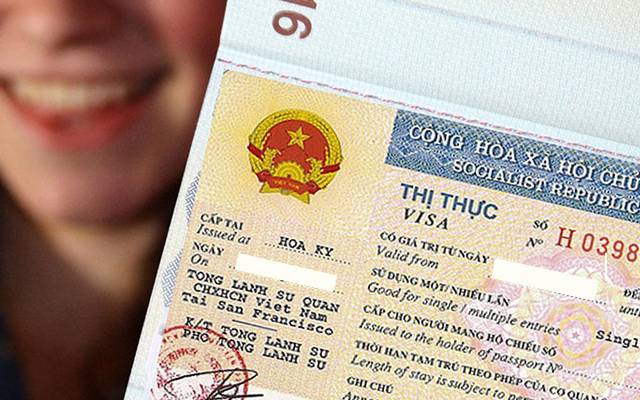
Types of One-Month Visas for Vietnam
Vietnam’s tourist visa caters to various travel scenarios, offering distinct categories to accommodate individual needs and preferences. Before starting your journey in Vietnam, it’s important to understand the country’s visa regulations. Vietnam provides different types of visas designed for various travel purposes and lengths of stay. For visits lasting up to 30 days, tourists from qualifying countries can obtain a tourist visa, allowing entry for one visit. It’s crucial to comprehend the various visa types and their specific criteria in order to choose the best option for your planned trip.following are the three main types of one-month visas available for Vietnam:
1. Single Entry Tourist Visa
The single-entry tourist visa is the most common type of visa for a one-month stay in Vietnam. It allows travelers to enter the country once and stay for up to 30 days. This visa is ideal for those planning to explore Vietnam for a short period and do not intend to leave the country during their stay.
To apply for a single-entry tourist visa, you will need to submit the following documents:
- A completed visa application form
- A valid passport with at least six months’ validity remaining
- Two recent passport-sized photos
- Visa fee (varies depending on your nationality)
- A copy of your flight itinerary or proof of onward travel
- Proof of accommodation in Vietnam (hotel reservation, Airbnb booking, etc.)
2. Multiple Entry Tourist Visa
The multiple-entry tourist visa is perfect for tourists intending to make several trips in and out of Vietnam within a month. This visa type permits unlimited entries and exits during its 30-day validity, making it well-suited for travelers who want to visit neighboring countries and come back to Vietnam multiple times throughout their journey.
To apply for a multiple-entry tourist visa, you will need to submit the same documents as the single-entry visa, along with a detailed travel itinerary and proof of financial means to support your stay in Vietnam.
3. E-Visa
In recent years, Vietnam has introduced an e-visa system, making it easier for travelers to obtain a visa online. The e-visa is available for citizens of 80 countries, including the United States, Canada, Australia, and most European nations. It allows for a single entry into Vietnam for up to 30 days.
To apply for an e-visa, you will need to complete an online application form and pay the visa fee of $25. You will also need to provide a digital photo and a scanned copy of your passport’s biographical page. Once approved, you will receive an electronic visa that you can print and present upon arrival in Vietnam.
Eligibility for a One-Month Visa in Vietnam
As mentioned earlier, citizens of 80 countries are eligible for a one-month visa in Vietnam. These include most European countries, the United States, Canada, Australia, New Zealand, and many Asian nations. However, some nationalities are exempt from obtaining a visa for short stays in Vietnam. These include:
- Citizens of ASEAN countries (Brunei, Cambodia, Indonesia, Laos, Malaysia, Myanmar, Philippines, Singapore, Thailand)
- Citizens of South Korea, Japan, Russia, and Nordic countries (Denmark, Finland, Norway, Sweden)
- Citizens of Chile
For a complete list of visa-exempt countries and their specific requirements, it is best to check with the nearest Vietnamese embassy or consulate.
The Visa Application Process
Now that you have a better understanding of the different types of one-month visas available in Vietnam and your eligibility, let’s dive into the visa application process. Here are the steps you need to follow to obtain a one-month visa for Vietnam:
- Determine the type of visa you need based on your travel plans and eligibility.
- Gather all the necessary documents, including a completed visa application form, a valid passport, photos, visa fee, and proof of onward travel and accommodation.
- Submit your application and supporting documents to the nearest Vietnamese embassy or consulate. You can also apply online for an e-visa.
- Wait for your visa to be processed. This can take anywhere from 2-5 business days, depending on the type of visa and your nationality.
- Once your visa is approved, you will receive a visa approval letter (for single-entry and multiple-entry visas) or an electronic visa (for e-visas).
- Print out the visa approval letter or e-visa and present it upon arrival at the airport in Vietnam. You will also need to pay a stamping fee (ranging from $25-$50) and provide additional documents, such as a completed entry and exit form and a recent photo.
- Your passport will be stamped, and you will be granted entry into Vietnam.
It is essential to note that the visa application process may vary slightly depending on the country where you are applying. It is best to check with the nearest Vietnamese embassy or consulate for specific requirements and procedures.
Tips for a Smooth Visa Application Process
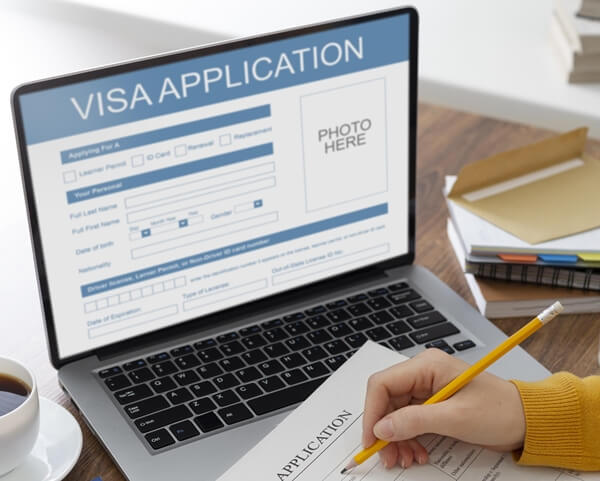
Obtaining a visa for Vietnam can be a straightforward process if you follow these tips:
- Start the application process early to allow for any unexpected delays.
- Ensure that your passport has at least six months’ validity remaining.
- Have all the necessary documents ready and organized before submitting your application.
- Double-check the visa requirements and procedures for your specific nationality.
- If applying for an e-visa, use the official government website to avoid scams.
- Be prepared to pay the visa fee in cash (USD) upon arrival at the airport.
- Keep a copy of your visa approval letter or e-visa with you at all times during your stay in Vietnam.
Extending Your One-Month Visa
If you want to prolong your one-month visa while in Vietnam, you can visit the closest immigration office. Extending the visa may take up to seven working days, and you must have a valid reason for the extension, like illness or unforeseen travel delays. The price of extending a visa differs based on the visa type and the duration of the extension.
Conclusion
Navigating Vietnam’s visa requirements may seem daunting at first, but with the right information and preparation, it can be a smooth and hassle-free process. Remember to determine the type of visa you need, gather all the necessary documents, and follow the application process carefully. With its diverse landscapes, rich culture, and warm hospitality, Vietnam is a must-visit destination for any traveler. So start planning your trip, and don’t forget to check the visa requirements for your country before embarking on your Vietnamese adventure!

